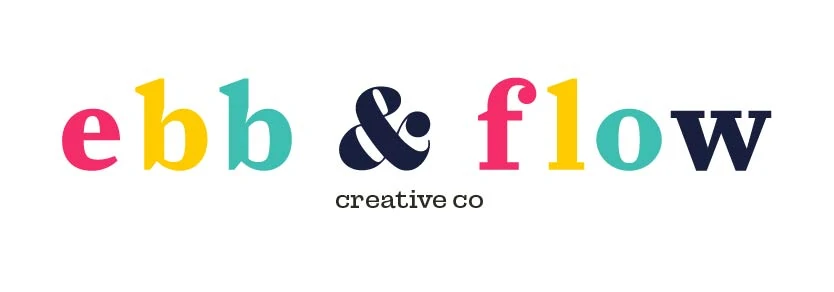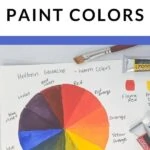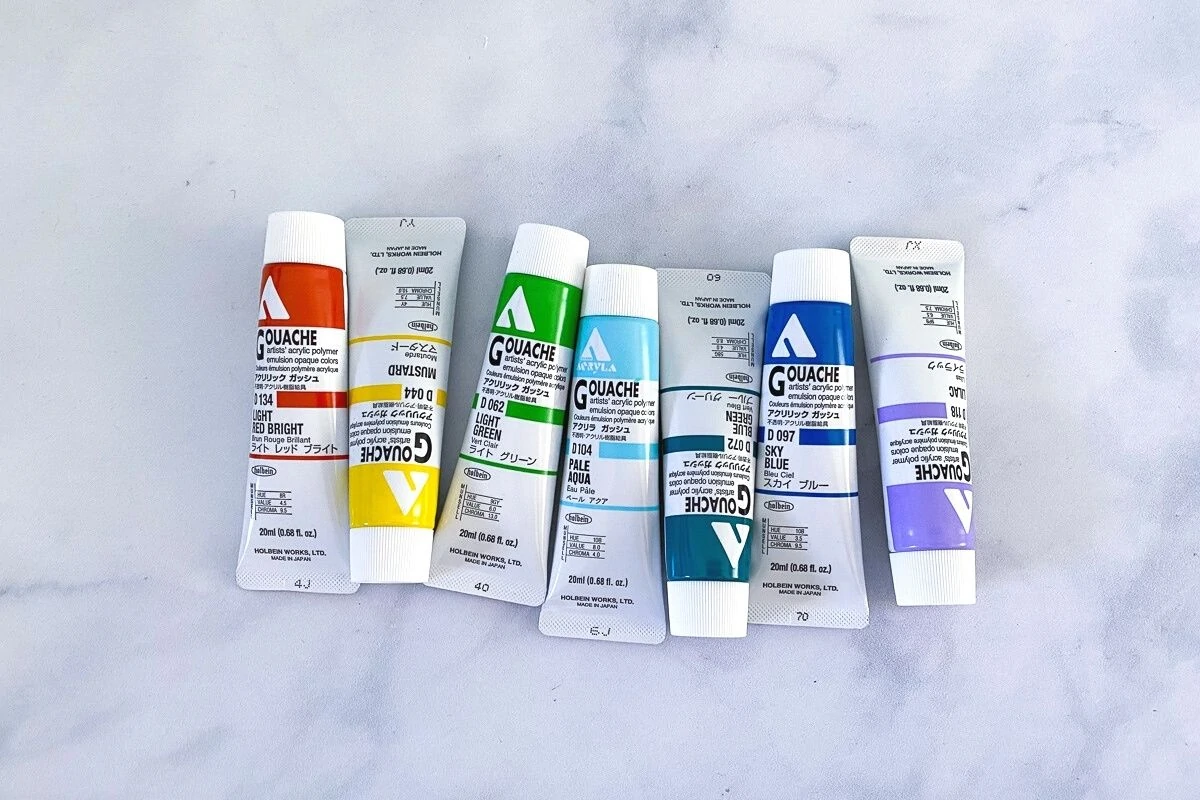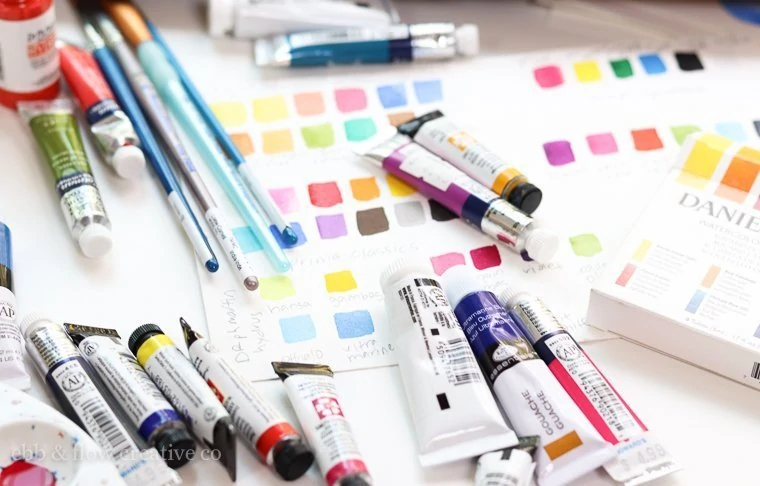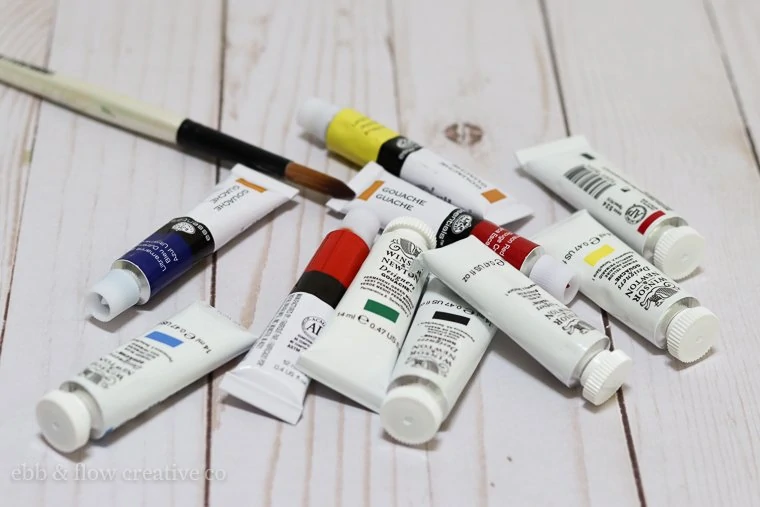Easy Tips for Mixing Gouache Paint Colors
Mixing gouache can be tricky. These easy tips make it easier to mix the colors you want.
Get more tips for using gouache here.

This post contains affiliate links. By purchasing an item through an affiliate link, I earn a small commission at no extra cost to you. As an Amazon Associate I earn from qualifying purchases.
Working with gouache has a steep learning curve. I’ve painted with acrylics since I was a teenager and more recently fell in love with watercolors.
Gouache lies somewhere in the middle, so I thought that it would be easy to learn.
However, I’ve had the hardest time with mixing colors. They turn out so gray and muted. Why is it so hard to mix colors without making mud?
So I decided to learn everything I can about mixing gouache and share it here.
You might also like this post on how to paint with gouache.
Gouache FAQs
Can you put gouache in a palette?
Yes, you can put gouache in a palette. (Make sure it’s not acrylic gouache, though. Acrylic gouache cannot be rewet.)
Fresh gouache is nicer to work with, but it can be rewet. You may need a bit more water than you need with fresh gouache.
You might be interested in learning more about Himi gouache and what I thought about it.
How much water do you use with gouache?
When using fresh gouache from the tube, I typically only use the water in my brush. If the paint is going on streaky, you may need more water.
Gouache is not like watercolor, where you need a ton of water. Less water is generally better for opaque coverage. It should be the consistency of cream.
How do you blend gouache?
Blending gouache is easier when you work wet on wet. Lay down the first color and add the second color, blending with your paintbrush as you go.
You can add water if you need to, but adding too much can reactivate previous layers.
Get more tips for blending gouache.
Tips for Mixing Gouache Colors
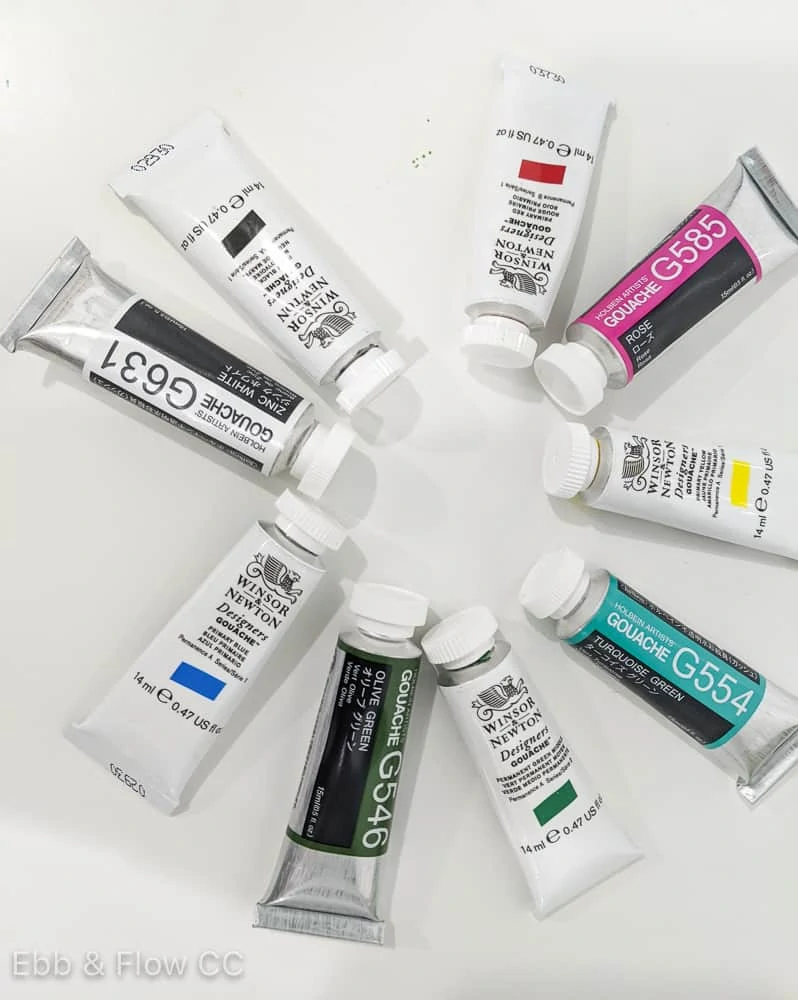
By the way, these tips also work for painting with acrylic gouache.
Don’t Rely on Mixing Sets
Mixing sets do not contain all of the colors you need.
I own both the Winsor and Newton set and the Holbein basic mixing sets. Both sets include the primary colors, plus white and black, which should theoretically be enough to mix all the colors.
So here’s the problem. To get a full range of colors, you need a warm red, yellow and blue, plus a cool red, yellow and blue.
Both sets contain cool reds, yellows, and warm blues. So the colors end up muddy.
Tip: Skip the sets and buy open-stock to get the colors you actually need and use.
Read more about color theory in this post I wrote.
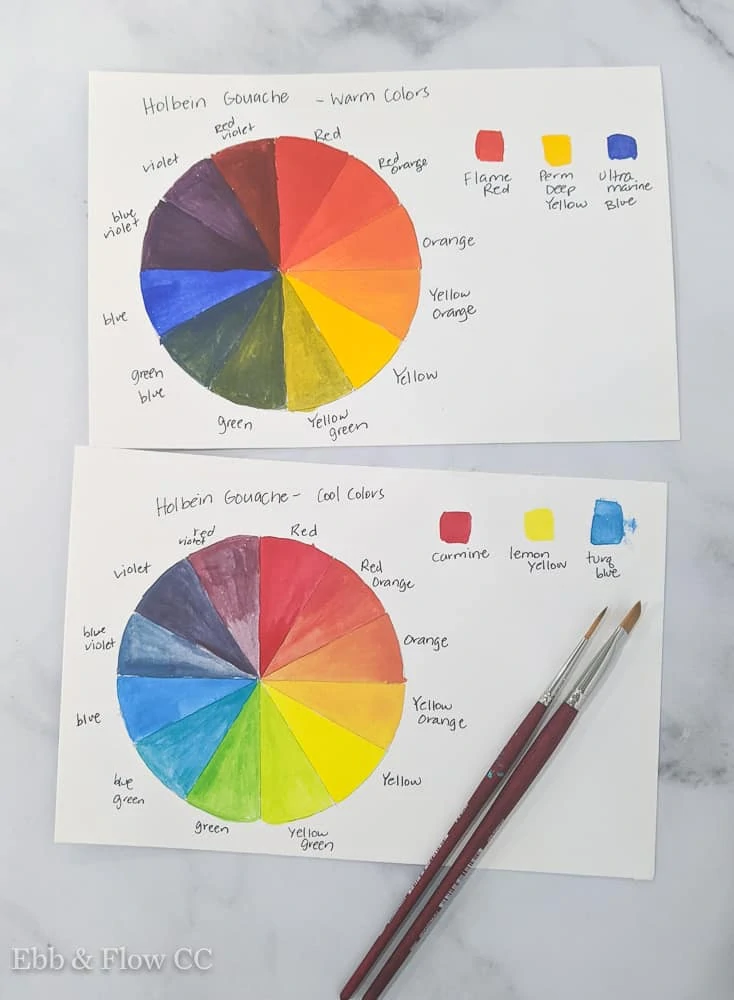
Making color wheels is so much easier with a stencil. Learn how to make one!
The other problem is that they include Titanium white instead of zinc white. I’ll go into detail here in a moment on that, but Titanium white is not for mixing.
Learning color theory is the best way to get the colors you want. Sometimes you want muted colors and sometimes you want brights.
If there are colors you use a lot, you will be much happier if you buy the convenience colors already made. I ended up buying a Holbein set of 18 colors and it makes painting so much easier.
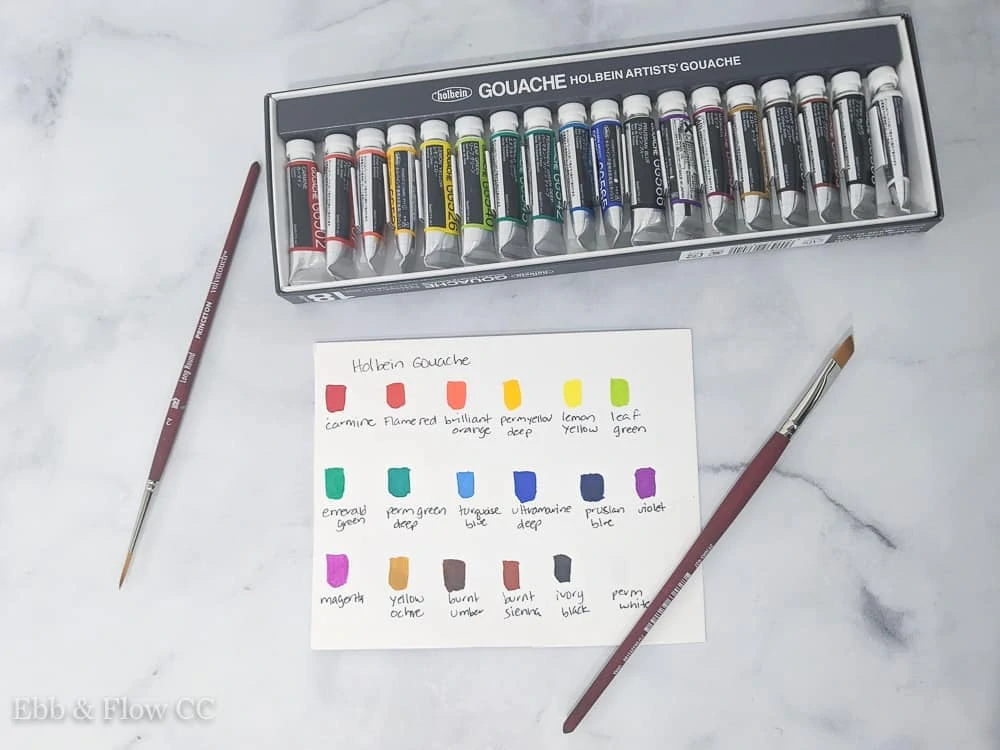
Let the First Color Dry Completely
If you’re having trouble with the colors mixing on the page, try letting the first coat dry completely first. Since gouache reactivates with water, too much water can change the color.
Use a light touch and avoid scrubbing with your brush.
Add Complementary Colors to Create Muted Tones
If the colors are too bright, you can add a touch of the complementary color to tone it down. So if your blue is too bright, add a touch of orange to muddy it up.
You can also add blacks or browns to create different tones.
When adding complementary colors, keep in mind that gouache is very pigmented, so only add a tiny amount to avoid overpowering the color.
Choosing the Right WHITE Gouache for Mixing
Using the correct white gouache will remove the gray tinge. Titanium white is opaque and contains a bit of black, which means that it makes colors appear gray.
Titanium white is great for using on its own as white for highlights, but it’s awful for mixing. Unless you want to make grays.
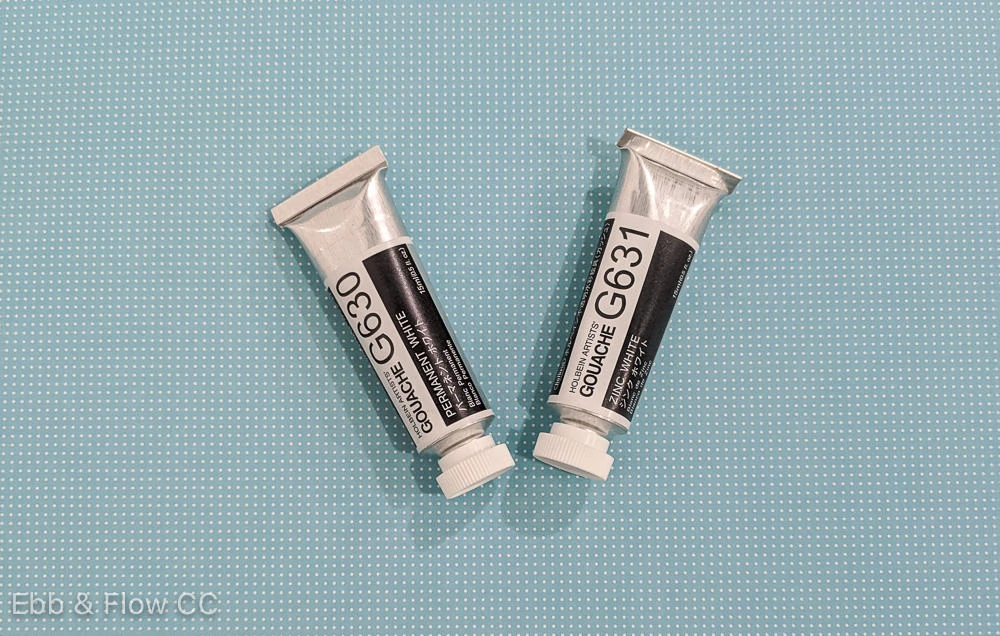
Zinc white, on the other hand, is for mixing. It’s more transparent, but it allows the color to be more vibrant.
It might be hard to tell in the photo, but in real life, the mixtures using zinc white have a luminance that is missing from the Titanium white mixtures.
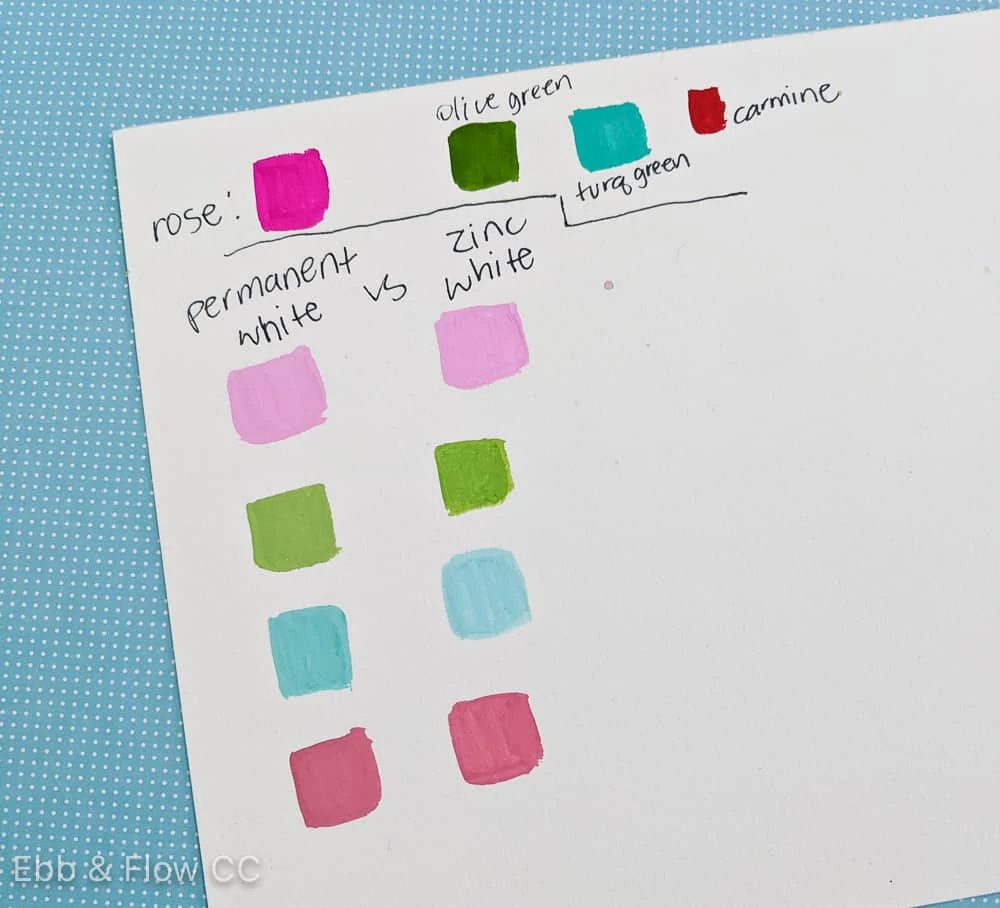
You Need a Lot of White Gouache for Mixing
You need more white than you think!
Gouache contains a lot of pigment, so it will take a lot of white paint to make pastel versions of colors. Just like acrylic paint, you will go through more white paint than any other color.
White can also be used to make colors a bit more opaque if you’re having trouble with that. Colors like red and yellow are notorious for being too transparent.
Adding just a touch of white can increase the opacity.
White can also be used on its own for highlights.
Since gouache is opaque, you can use it over dark colors. Titanium white is the best white to use by itself.
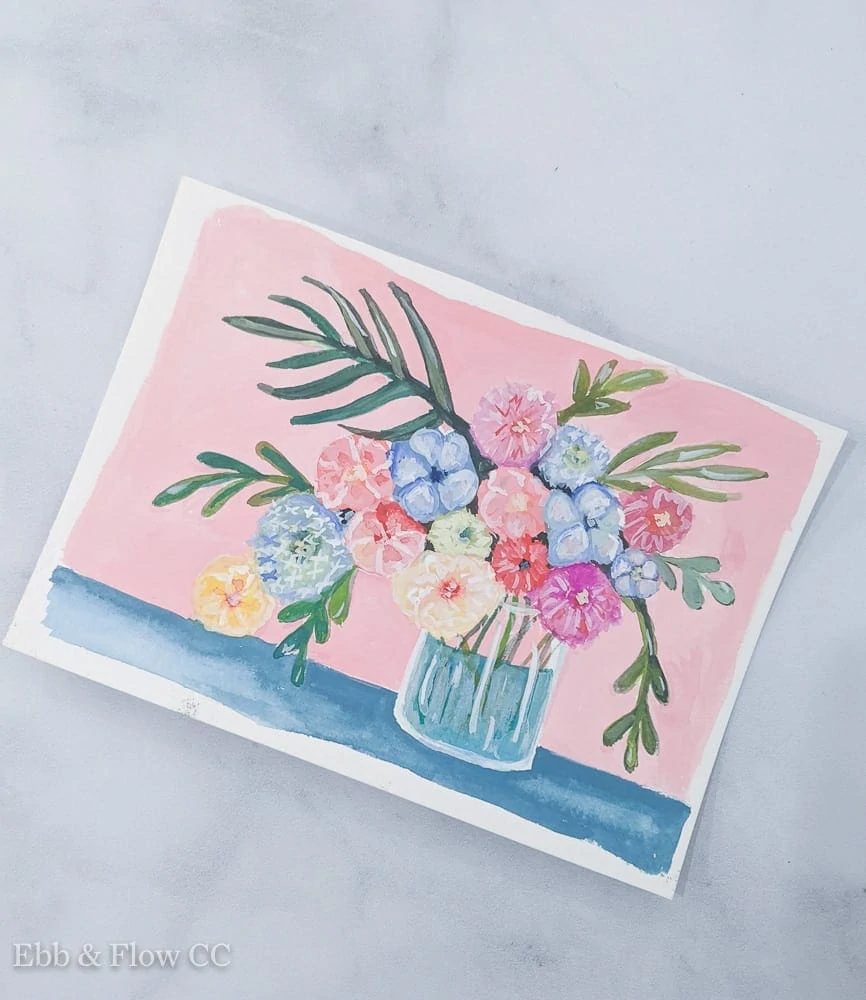
Practice, Practice, and Practice Some More!
As with anything, the more you practice, the better you will get. Keep mixing colors to create your desired tones.
Personally, I love mixing colors that are a bit out of the ordinary to create special colors that no one else has.
You Might Also Like:
- Gouache vs Watercolor
- The Best Gouache for Beginners
- Himi Gouache Review
- Acrylic Paint VS Gouache
- Arteza Gouache
Pin for Later!

